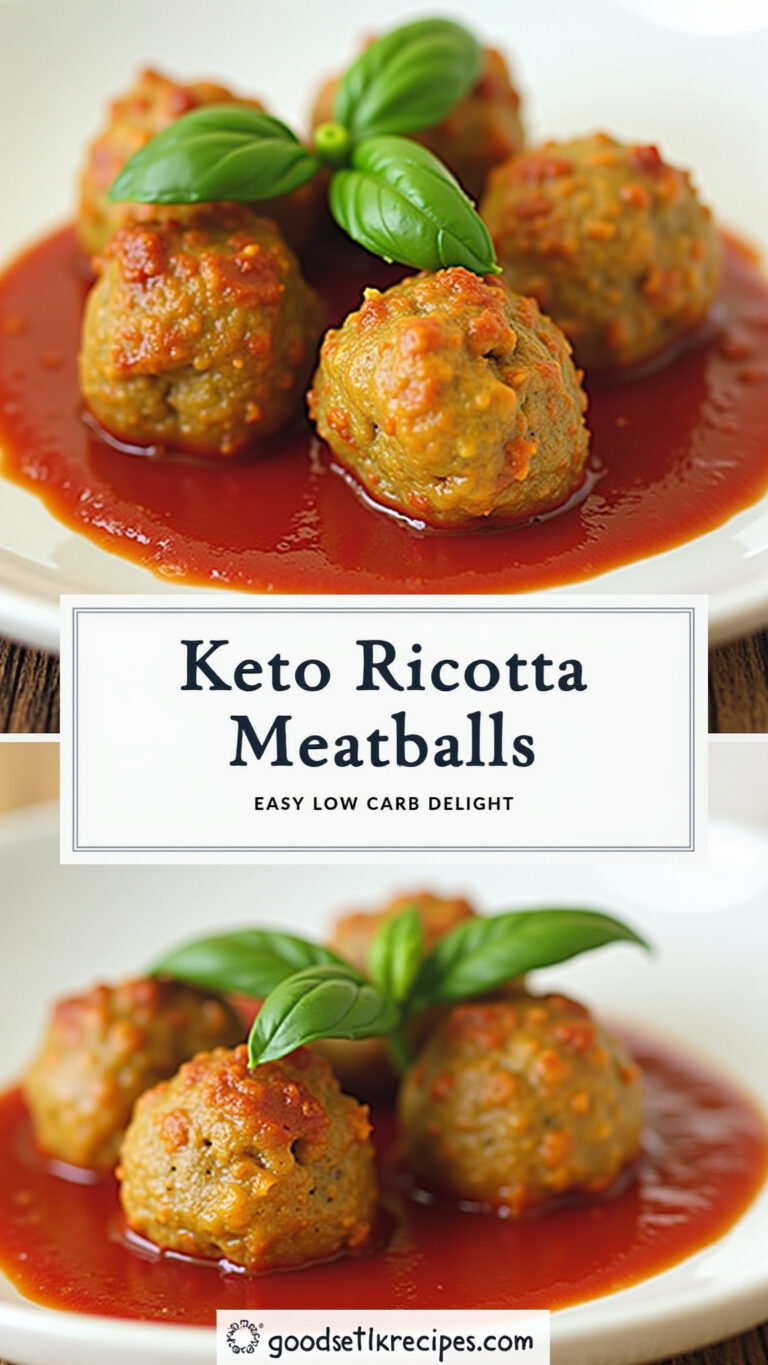The Healing Power of Chicken Soup

Chicken soup: it’s more than just a meal. It’s a hug in a bowl, a nostalgic remedy passed down through generations, and, quite possibly, your best friend when you’re feeling under the weather. This article dives into the science-backed benefits of chicken soup, explores variations from around the world, and provides a comprehensive guide to crafting your own ultimate “feel better” bowl.
The Power of a Broth: Why Chicken Soup Works
For centuries, chicken soup has been touted as a cure-all for colds and flu. While it’s not a magical elixir, scientific research suggests there’s more to its healing properties than just folklore.
- Inflammation Reduction: Studies have shown that chicken soup can help reduce inflammation in the respiratory tract. This is crucial because inflammation contributes to many cold and flu symptoms, like congestion and coughing. The soup doesn’t necessarily cure the cold, but it alleviates the symptoms, making you feel significantly better.
- Nasal Congestion Relief: The hot broth and steam from chicken soup act as a natural decongestant. The heat helps to thin mucus, making it easier to expel and relieving stuffiness. Some studies suggest that chicken soup might even work better than hot water alone.
- Hydration is Key: When you’re sick, staying hydrated is paramount. Chicken soup is a delicious and comforting way to replenish fluids lost due to fever, sweating, or increased mucus production.
- Nutrient Boost: Chicken, vegetables, and herbs contribute essential vitamins and minerals that support your immune system. These include Vitamin A, Vitamin C, Vitamin D, zinc, and antioxidants.
- Placebo Effect: Let’s not underestimate the power of the placebo effect! The comforting association with chicken soup, passed down from childhood, can significantly impact how we perceive our illness. Belief in its healing properties can contribute to a feeling of well-being and faster recovery.
Decoding the Ingredients: What Makes the Magic
The ingredients in chicken soup are more than just flavors; they are active components contributing to its healing properties.
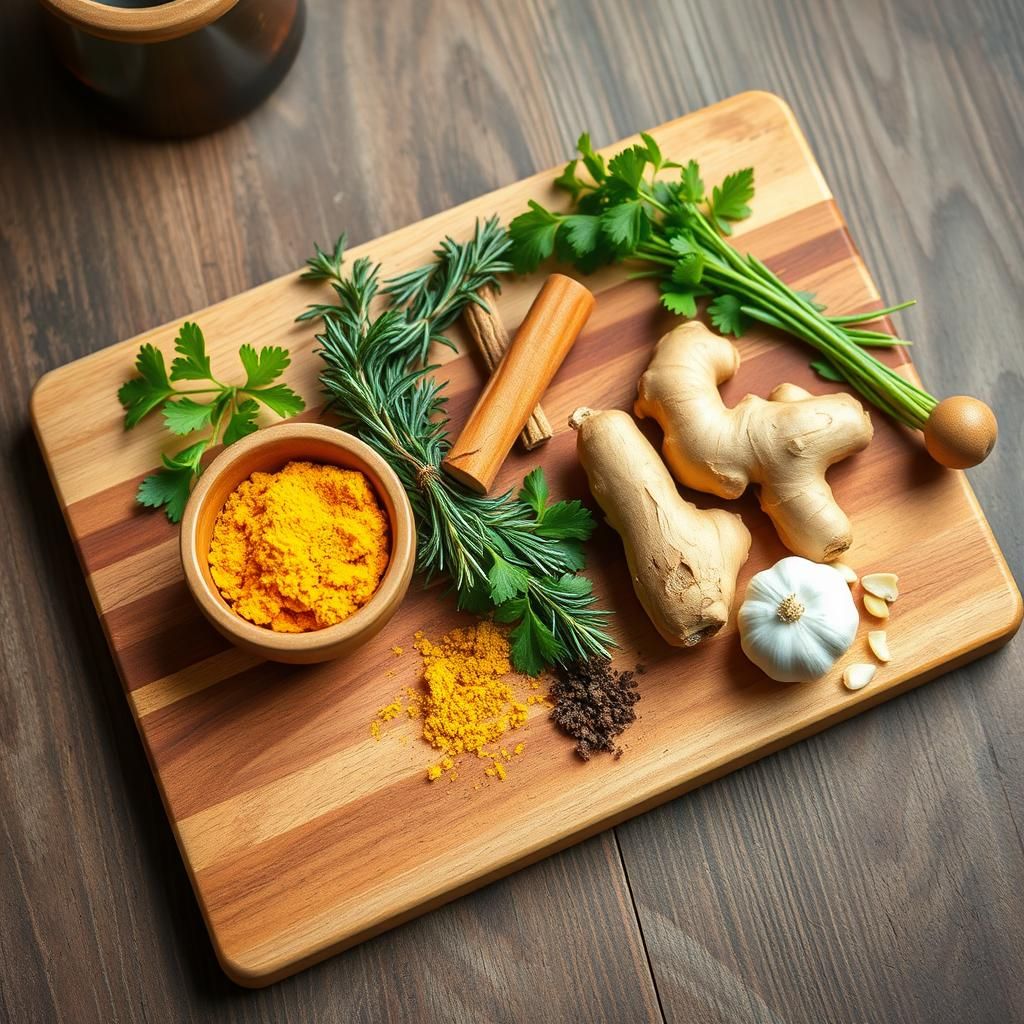
Chicken: The Foundation
- Protein: Provides building blocks for immune cells and helps repair damaged tissues.
- Amino Acids: Chicken is rich in amino acids like cysteine, which has been shown to thin mucus in the lungs, making it easier to cough up.
- Iron: Essential for carrying oxygen throughout the body and supporting immune function.
Vegetables: A Symphony of Vitamins
- Onions and Garlic: Contain allicin, a compound with antiviral and antibacterial properties. They also add flavor and antioxidants.
- Carrots: Rich in beta-carotene, which the body converts to Vitamin A, crucial for immune function and vision.
- Celery: Provides Vitamin K and folate, as well as contributing to the overall flavor profile.
- Ginger: Contains gingerol, a powerful anti-inflammatory and antioxidant.
- Turmeric: Contains curcumin, another potent anti-inflammatory compound. Adding a pinch of turmeric can boost the soup’s anti-inflammatory power.
Herbs: Aromatic Healers
- Parsley: Provides Vitamin C and Vitamin K, and acts as a mild diuretic to help flush out toxins.
- Thyme: Contains thymol, an antiseptic and antibacterial compound.
- Rosemary: Has anti-inflammatory and antioxidant properties.
- Bay Leaf: Adds a subtle depth of flavor and is believed to have digestive benefits.
Broth: The Liquid Gold
- Homemade vs. Store-Bought: While store-bought broth is convenient, homemade broth offers superior nutritional value and flavor. Making your own broth allows you to control the ingredients and avoid additives and excess sodium. Bone broth, in particular, is rich in collagen and minerals.
Beyond the Basics: Chicken Soup Variations Around the World
Chicken soup is a global comfort food, with each culture putting its unique spin on the classic recipe.
- Jewish Penicillin (Matzah Ball Soup): This traditional Jewish soup features light and fluffy matzah balls (dumplings made from matzah meal) in a clear chicken broth.
- Avgolemono (Greek Lemon Chicken Soup): A creamy and tangy soup thickened with eggs and lemon juice. It’s incredibly comforting and packed with Vitamin C.
- Tom Kha Gai (Thai Coconut Chicken Soup): A fragrant and flavorful soup made with coconut milk, galangal (a type of ginger), lemongrass, chili peppers, and lime juice.
- Sopa de Lima (Mexican Lime Soup): A bright and refreshing soup made with shredded chicken, vegetables, tortilla strips, and lime juice.
- Pho Ga (Vietnamese Chicken Noodle Soup): A flavorful broth infused with spices like star anise, cinnamon, and cloves, served with rice noodles, chicken, and fresh herbs.
Exploring these variations can inspire you to add new flavors and ingredients to your own chicken soup recipe.
Crafting Your Ultimate “Feel Better” Chicken Soup: A Step-by-Step Guide
Ready to create your own healing bowl of chicken soup? Here’s a comprehensive guide to crafting the ultimate “feel better” recipe:
1. Choosing Your Chicken:
- Whole Chicken: Using a whole chicken results in the richest and most flavorful broth.
- Chicken Pieces: Chicken thighs and drumsticks are a good alternative if you don’t want to use a whole chicken. They contain more fat and connective tissue, which contribute to a richer broth.
- Leftover Chicken Carcasses: Don’t throw away leftover chicken carcasses! They’re perfect for making broth.
2. Making the Broth:
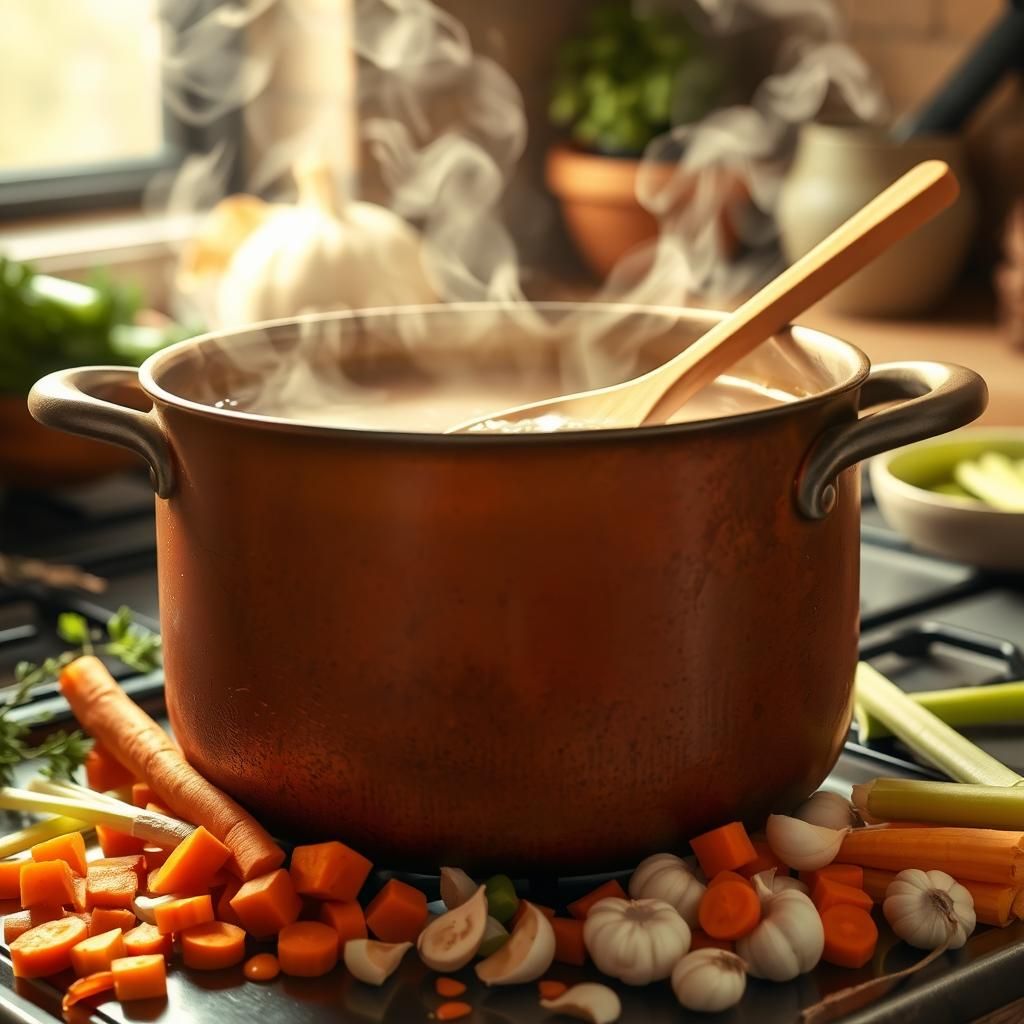
- Roasting the Chicken Bones (Optional): Roasting the chicken bones before making the broth adds depth of flavor. Roast at 400°F (200°C) for 30-40 minutes.
- Simmer, Don’t Boil: Bring the water to a boil, then reduce the heat to a simmer. Simmering gently extracts the most flavor from the ingredients and prevents the broth from becoming cloudy.
- Skim the Scum: As the broth simmers, skim off any foam or scum that rises to the surface. This will result in a clearer and cleaner-tasting broth.
- Add Vegetables and Herbs: Add your chopped vegetables and herbs during the last hour of simmering. This will prevent them from becoming mushy.
- Straining the Broth: Once the broth is done, strain it through a fine-mesh sieve to remove the solids.
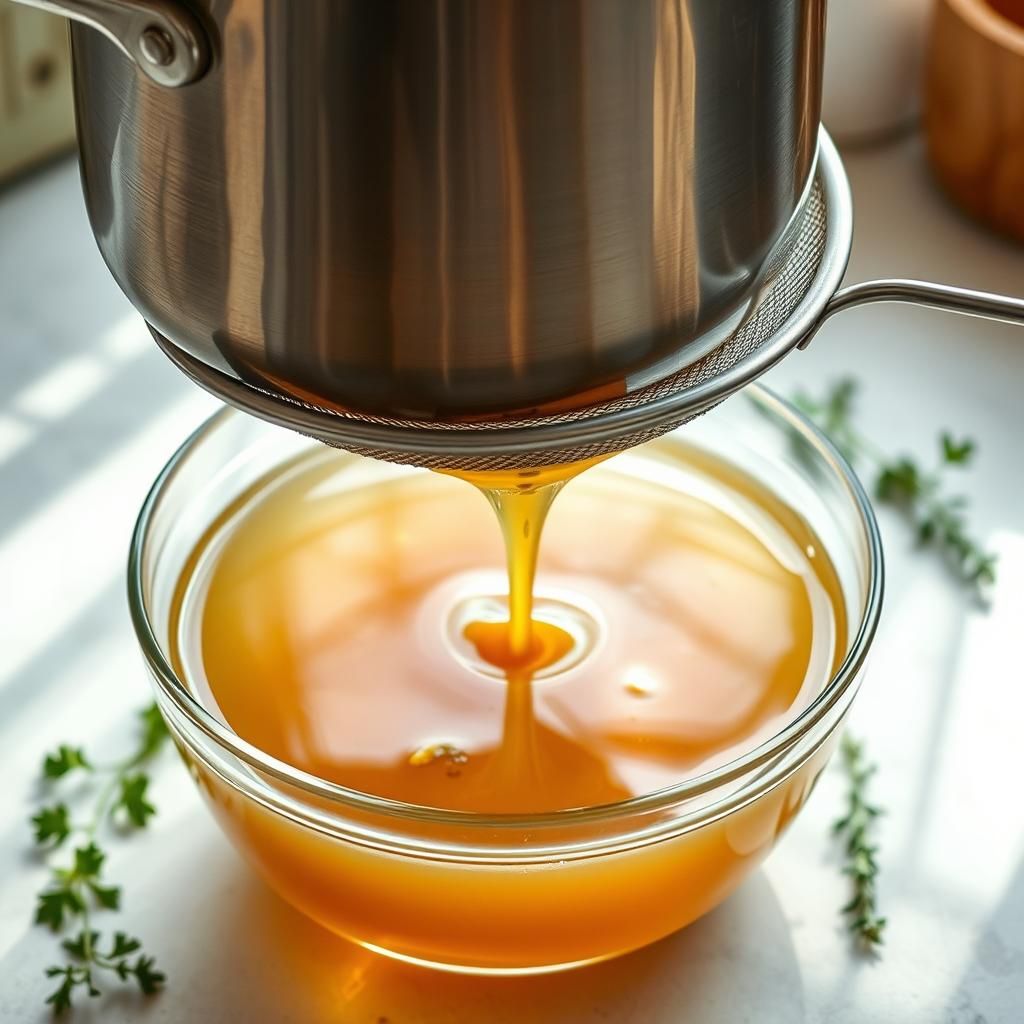
Broth Recipe:
- 1 whole chicken (about 3-4 pounds) or 2-3 pounds of chicken pieces
- 1 large onion, roughly chopped
- 2-3 carrots, roughly chopped
- 2-3 celery stalks, roughly chopped
- 4-6 cloves garlic, minced
- 1-inch piece of ginger, peeled and sliced (optional)
- 1 teaspoon salt
- 1/2 teaspoon black pepper
- 8-10 cups water
- 1 bay leaf
- A few sprigs of fresh parsley
- A few sprigs of fresh thyme
Instructions:
- If using a whole chicken, place it in a large pot or Dutch oven. If using chicken pieces, place them in the pot.
- Add the onion, carrots, celery, garlic, ginger (if using), salt, and pepper.
- Cover with water. Bring to a boil, then reduce the heat to a simmer.
- Simmer for at least 2-3 hours, or up to 4-6 hours for a richer broth. Skim off any foam or scum that rises to the surface.
- During the last hour of simmering, add the bay leaf, parsley, and thyme.
- Remove the chicken from the pot. Let it cool slightly, then shred the meat.
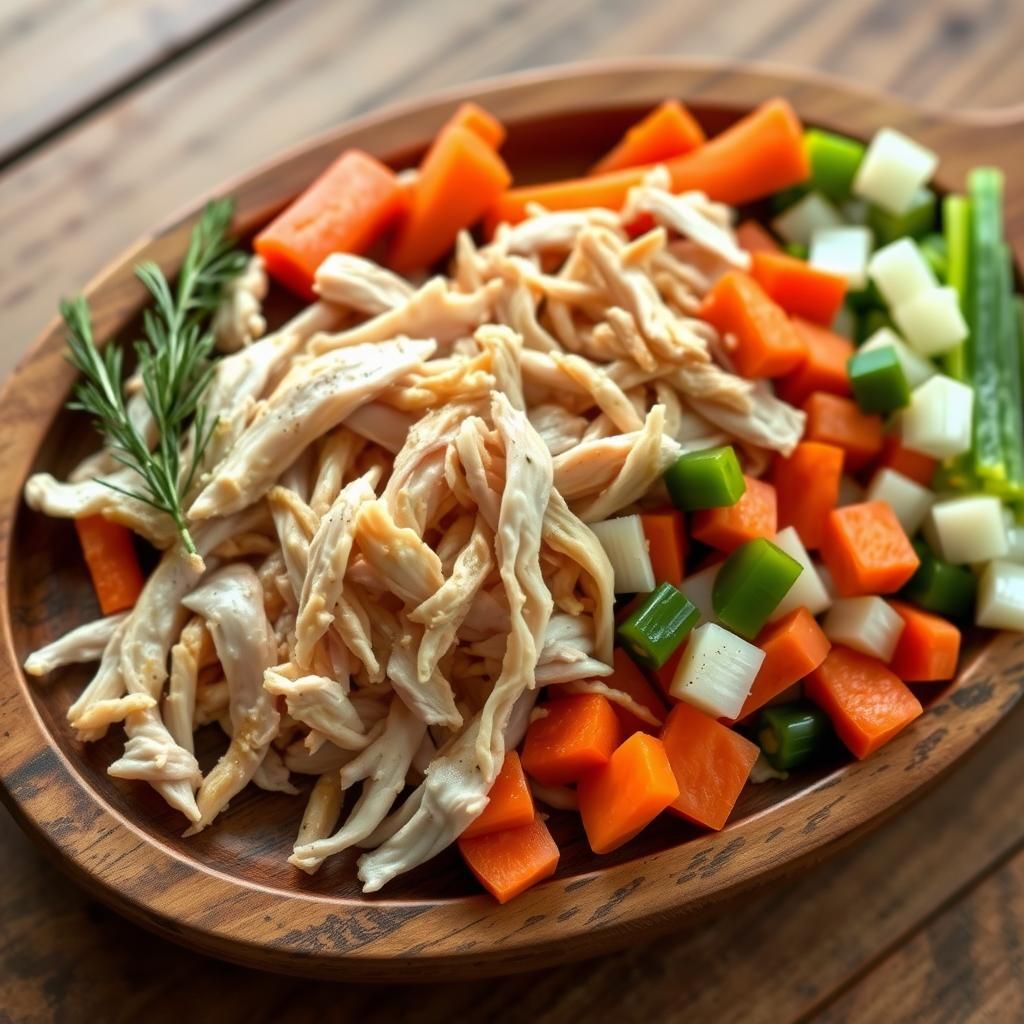
- Strain the broth through a fine-mesh sieve.
- Return the broth to the pot. Add the shredded chicken.
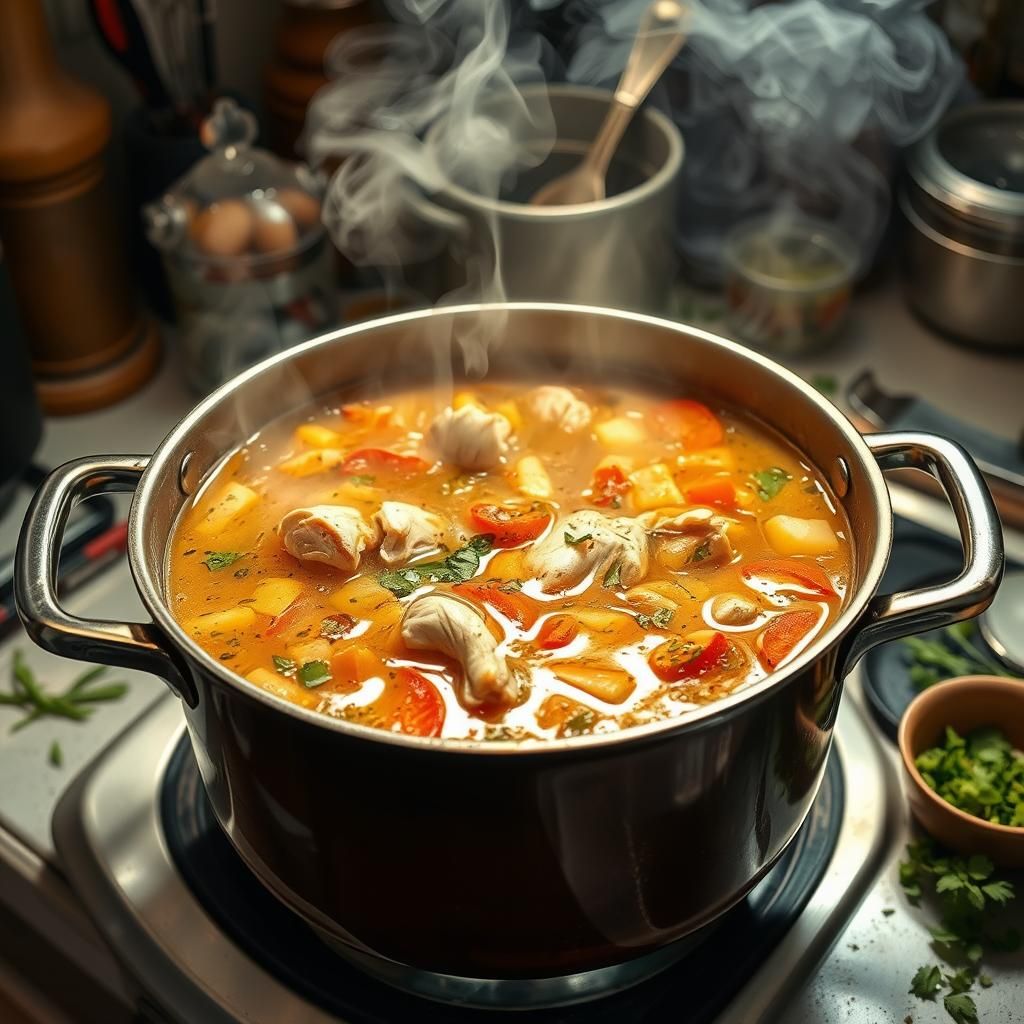
3. Adding Noodles or Other Starches:
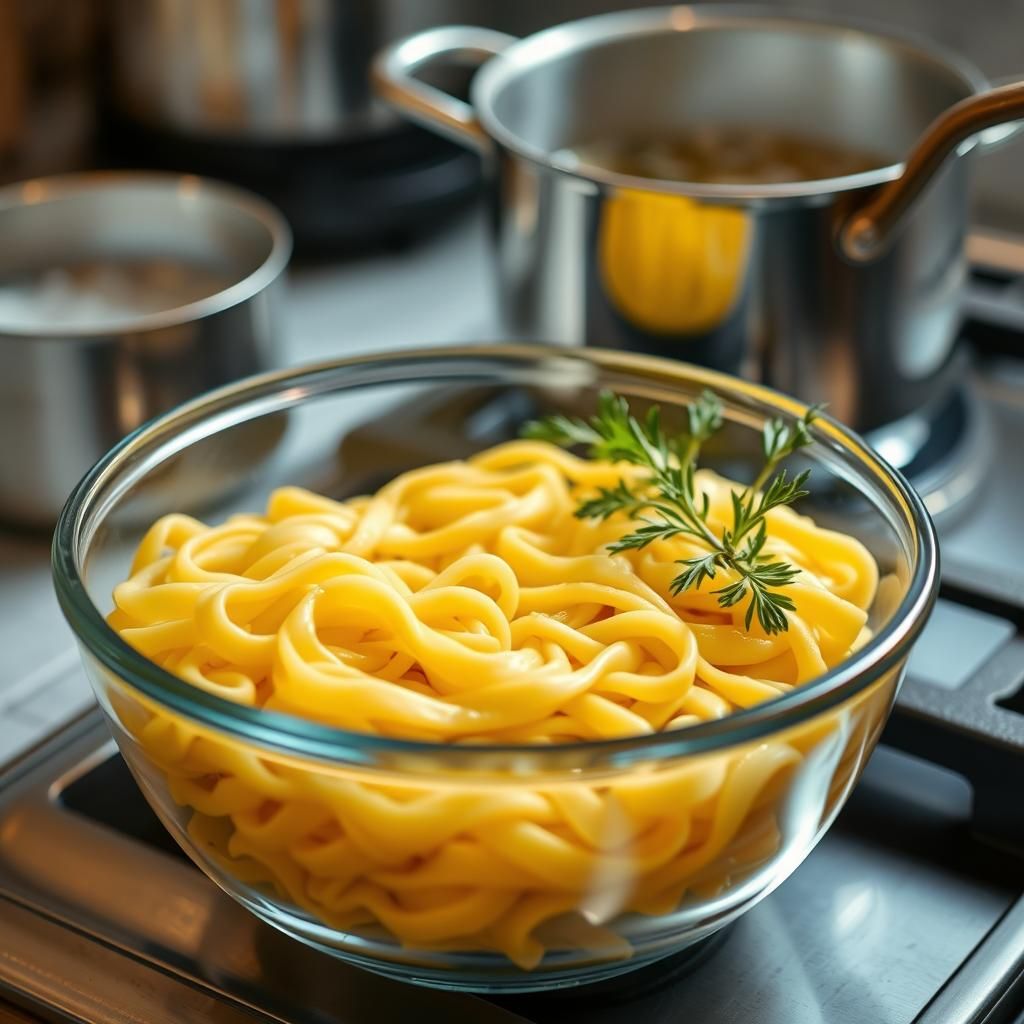
- Noodles: Egg noodles are a classic choice, but you can also use rice noodles, orzo, or any other small pasta shape.
- Rice: White rice or brown rice can be added to the soup for a heartier meal.
- Potatoes: Diced potatoes add creaminess and substance to the soup.
- Matzah Balls: For a traditional Jewish penicillin, add matzah balls to the soup during the last 15-20 minutes of cooking.
4. Seasoning and Adjusting:
- Salt and Pepper: Taste the soup and adjust the seasoning as needed.
- Lemon Juice: A squeeze of lemon juice can brighten the flavor of the soup.
- Hot Sauce: A dash of hot sauce can add a kick and help clear congestion.
- Fresh Herbs: Garnish with fresh herbs like parsley, dill, or cilantro.
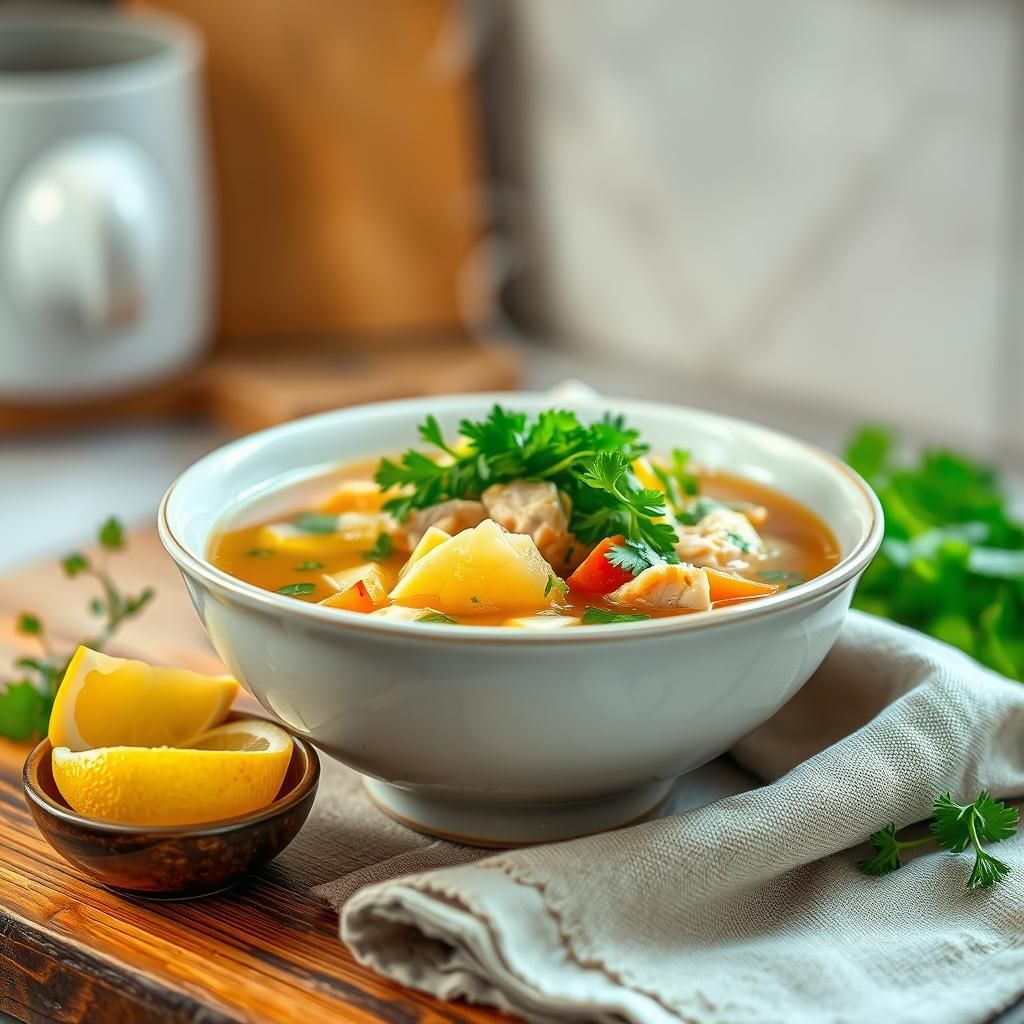
5. Serving and Storing:
- Serve Hot: Chicken soup is best served hot.
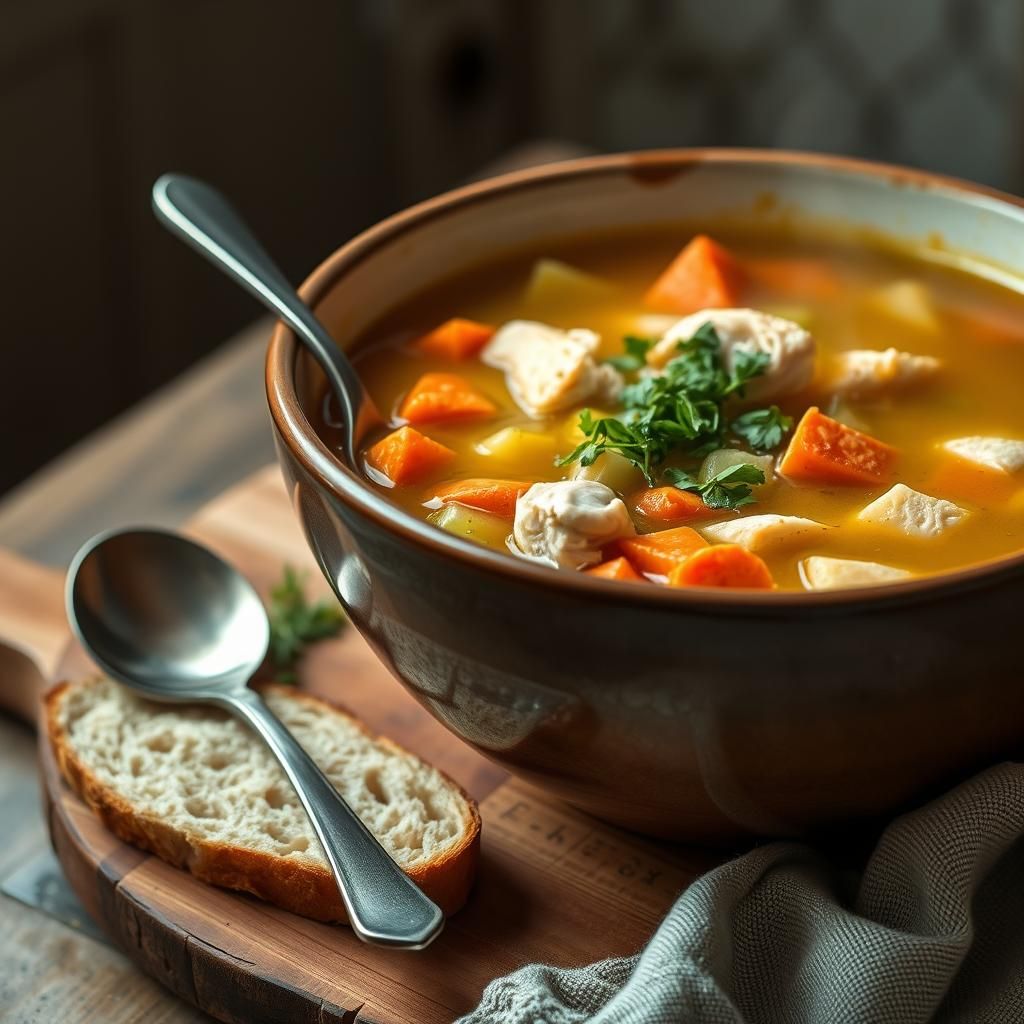
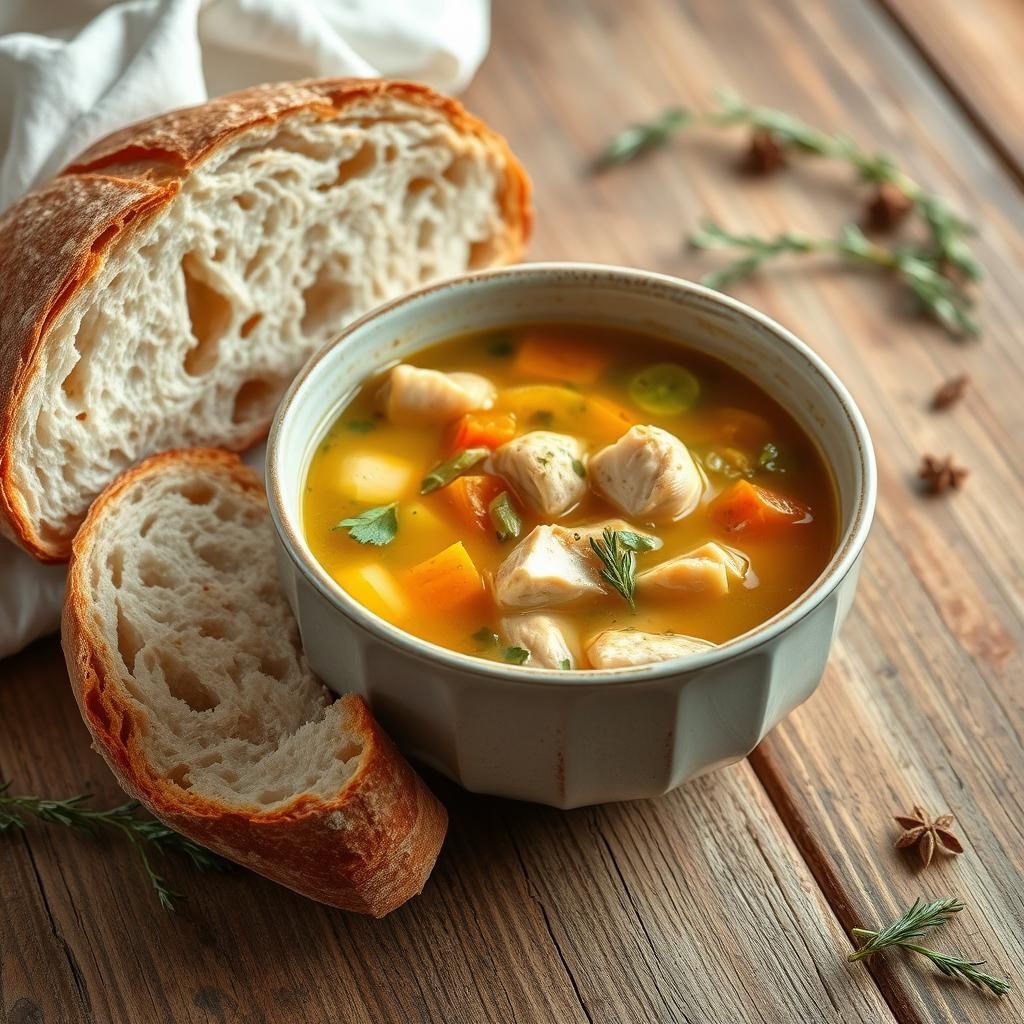
- Store Leftovers: Leftover chicken soup can be stored in the refrigerator for up to 3-4 days or frozen for up to 2-3 months.
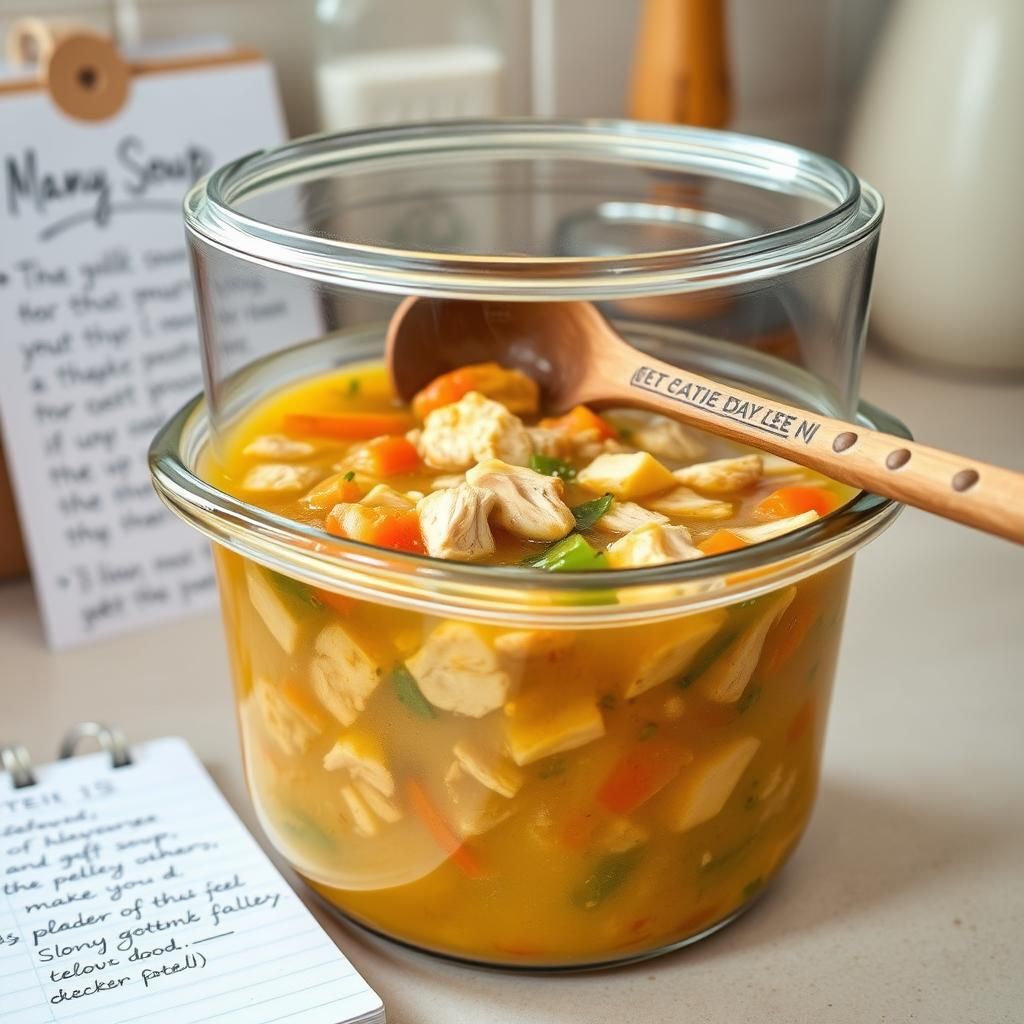
Boosting Your Soup’s Healing Power: Additions and Adaptations
- Ginger and Garlic Power: Don’t be shy with the ginger and garlic. These ingredients pack a powerful punch against viruses and bacteria.
- Spice it Up: A pinch of cayenne pepper can help clear sinuses.
- Mushroom Magic: Mushrooms, like shiitake and maitake, contain compounds that boost the immune system.
- Seaweed Benefits: Adding a strip of kombu seaweed to the broth while simmering can add minerals and umami flavor.
- Bone Broth Upgrade: Use bone broth as the base for your chicken soup for an extra dose of collagen and nutrients.
- Vegetarian Option: Replace the chicken with vegetable broth and add tofu or lentils for protein.
Addressing Common Concerns & FAQs
- Is canned chicken soup as good as homemade? While convenient, canned chicken soup often contains high levels of sodium and fewer nutrients than homemade soup. It can still provide some benefits, but homemade is generally preferred.
- Can chicken soup prevent a cold? Chicken soup can’t prevent a cold, but it can alleviate the symptoms and help you feel better.
- Is chicken soup good for other illnesses? Chicken soup’s hydrating and anti-inflammatory properties can be beneficial for various illnesses, not just colds and flu.
- Can I make chicken soup in a slow cooker? Yes, you can make chicken soup in a slow cooker. Combine all the ingredients in the slow cooker and cook on low for 6-8 hours or on high for 3-4 hours.
- Is there scientific evidence to support the benefits of chicken soup? Yes, multiple studies have investigated the effects of chicken soup on cold and flu symptoms. While more research is needed, the existing evidence suggests that chicken soup can help reduce inflammation and relieve congestion.
The Feel-Good Factor: More Than Just Medicine
Beyond the science and the ingredients, chicken soup holds a special place in our hearts. It’s a symbol of comfort, care, and tradition. The simple act of preparing and sharing a bowl of chicken soup can be incredibly therapeutic, both for the person receiving it and the person giving it.
Embrace the Healing Power of Chicken Soup
Chicken soup is a time-tested remedy that offers a multitude of benefits when you’re feeling unwell. From its anti-inflammatory properties to its hydrating effects, chicken soup can help alleviate cold and flu symptoms and promote overall well-being. So, the next time you’re feeling under the weather, embrace the healing power of chicken soup. Experiment with different ingredients, personalize your recipe, and savor the warmth and comfort of this classic dish. It’s more than just soup; it’s a culinary hug that nourishes both body and soul.
Check Out This
Affiliate Link Disclosure: Some of the links in this post are affiliate links. This means that if you click on the link and make a purchase, I may receive a small commission at no extra cost to you. I only recommend products or services that I personally use and believe will be valuable to my readers.




